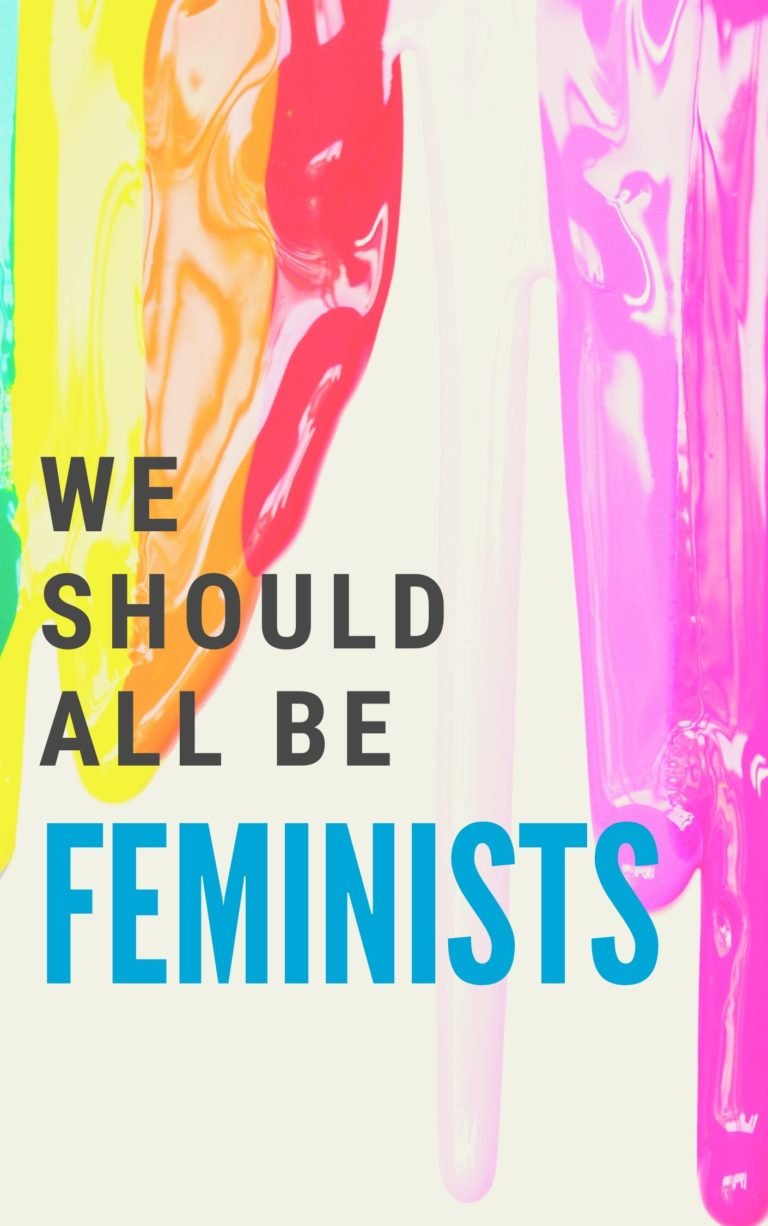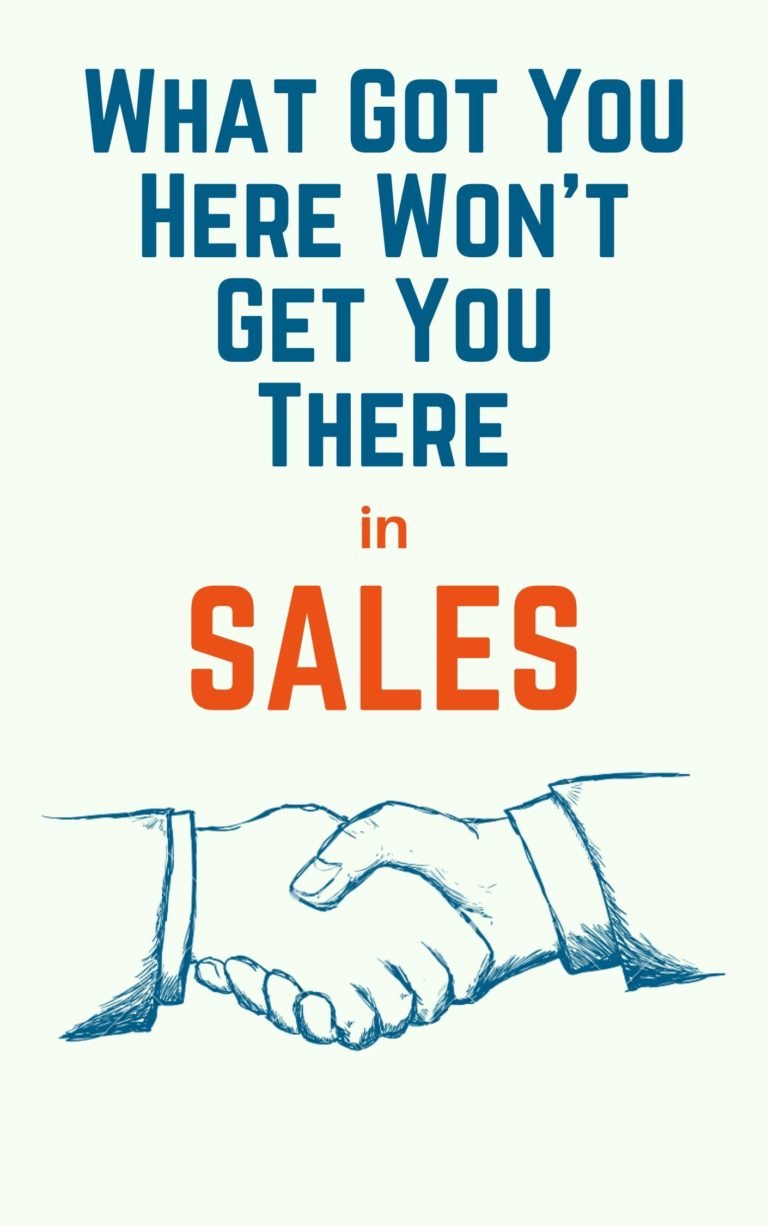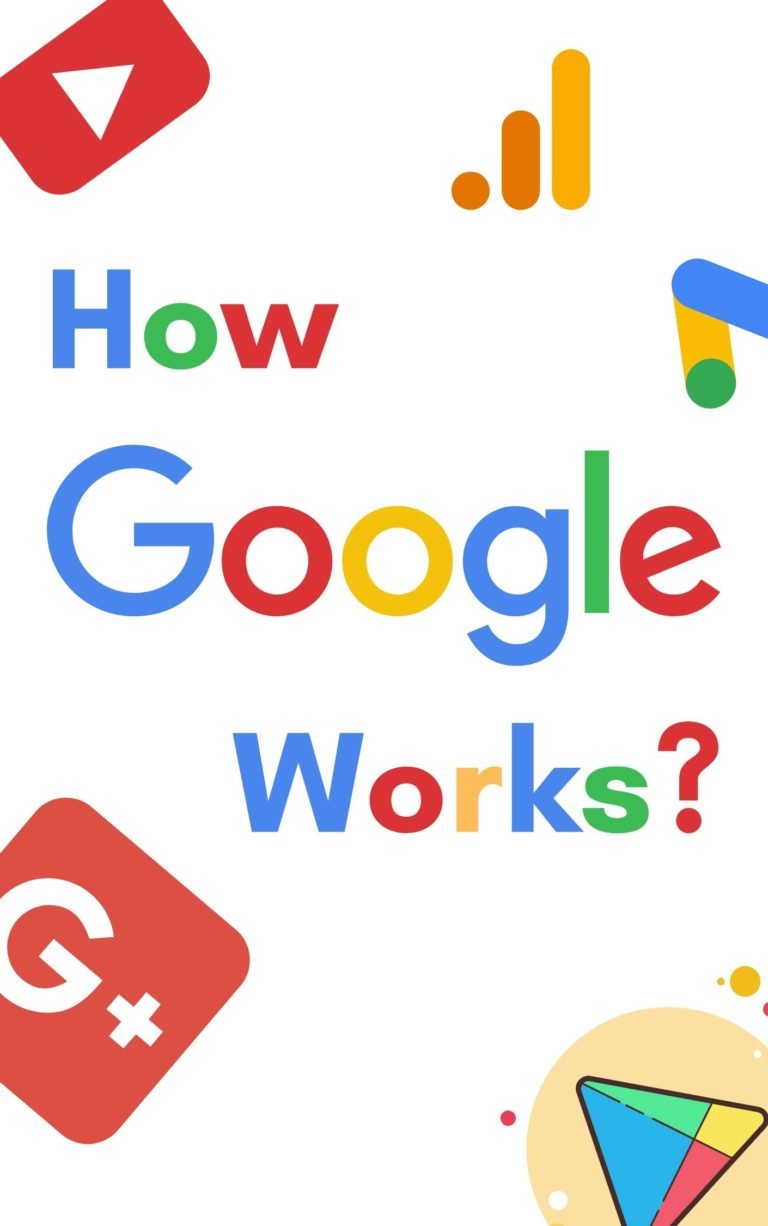Shoe Dog – Book Summary
A Memoir by the Creator of Nike
Phil Knight
Rating: 9.0
“A refreshingly honest reminder of the path to business success really looks like. It’s a messy, perilous, and chaotic journey riddled with mistakes, endless struggles, and sacrifice. Here Knight opens up in a way few CEOs are willing to do. I don’t think Knight sets out to teach the reader anything. Instead, he accomplishes something better. He tells his story as honestly as he can. It’s an amazing tale.”
—Bill Gates
Everyone has heard of Nike. Of course, you may have one in your closet. Do you know this iconic brand and creator’s history?
Contents
Life In Oregon
The story began in 1962. Oregon was the kind of place where nothing significant happened, but it was still a good place to call home, Buck said. He was not sure what he wanted to be but knew he wanted to be successful. His central fantasy was to become a successful athlete, but, unable to reach it, began to think about how he could make his work feel like an athlete’s. He was convinced that this was possible and decided to pursue that goal, no matter how crazy it might seem to other people.
“The cowards never started and the weak died along the way. That leaves us, ladies and gentlemen. Us.”
― Phil Knight, Shoe Dog: A Memoir by the Creator of NIKE
An Unusual Idea
Buck decided to tell his father about his crazy idea one morning. He had written a text about importing sneakers from Japan. He planned to travel to Japan to investigate the viability of his idea and experiment with other cultures. However, he needed his father’s approval and financial aid to cover the costs. To his surprise, his father agreed, though it seemed more open to the tourist part of the journey than to the business idea.
“When you see only problems, you’re not seeing clearly.”
― Phil Knight, Shoe Dog: A Memoir by the Creator of NIKE
The rest of the family did not support Buck. His grandmother argued that the Japanese were still nervous about the war and that he would risk arrest. His younger sisters did not seem to care much about their trip. The following weeks were spent planning the trip, and he spent most of his time reading and gathering information about Japan. When he was not reading, he was running, his greatest hobby. Also, he also decided to call his classmate, Carter, to be his partner in the business.
“How can I leave my mark on the world, I thought, unless I get out there first and see it?”
― Phil Knight, Shoe Dog: A Memoir by the Creator of NIKE
In September 1962, the two went to San Francisco. They slept at friends’ homes for many days and bought a ticket to Honolulu. Arriving at the first destination of the trip, Hawaii, they were charmed. Life there was much better than they thought, which is why they decided to stay longer than planned. They got jobs selling encyclopedias and delayed going to Japan a little bit. They decided to rent an apartment, which cost $ 100 a month. Buck’s shyness made it very difficult to sell the encyclopedias, and he decided to leave for Japan.
Business In Japan
On Thanksgiving, Buck left Carter in Hawaii and continued his trip to Japan. There he stayed in a terrible hotel, and luckily his father knew some people who helped him find a better place. After listening to his business ideas, his new friends directed him to some people who could teach him how to do business in Japan.
“It’s never just business. It never will be. If it ever does become just business, that will mean that business is very bad.”
― Phil Knight, Shoe Dog: A Memoir by the Creator of NIKE
Buck talked to the owners of a Tokyo company who shared their experiences in international business. He told them about his idea, and the Japanese company became interested. Buck then met with Onitsuka, a tennis shoe company.
The First Sales
Upon arriving at the offices of Onitsuka, he went to the conference room. He opened the meeting saying, “Dear all, I represent Blue Ribbons Sports of Portland, Oregon. The American tennis market is huge and has great potential. If Onitsuka enters this market with lower prices than Adidas, which is the brand most used by American athletes today, we can create a very lucrative business. “ Buck could see that the executives were impressed. They started talking to each other and Buck explained why he wanted his company to sell Onitsuka sneakers in the US. With that, executives proposed Buck and his company Blue Ribbons, to represent the Onitsuka Tiger sneakers in the USA.
“I wanted to build something that was my own, something I could point to and say: I made that. It was the only way I saw to make life meaningful.”
― Phil Knight, Shoe Dog: A Memoir by the Creator of NIKE
Buck still spent some time traveling around Asia, and on his birthday, he returned home.
Near Christmas, some samples of sneakers from Japan arrived. Very happy, Buck sent two of the five pairs of sneakers to his coach at the university, Mr. Bowerman. They met later, and Bowerman showed interest in being Buck’s partner in the sneakers business.
The coach did not want to be a controlling partner, so Buck held 51% of the company and the coach with 49%. After that, Buck asked for 300 pairs for Onitsuka and asked to be the distributor in the West. This time, the sneakers arrived immediately, and Buck quit his job and started selling sneakers.
By 1964, the first 300 pairs Buck had requested had sold out. He asked for another 900 pairs and loaned the money to pay for the shoes. Business was going well, and Buck was expanding his business to San Francisco and Los Angeles.
Buck was granted permission to be Onitsuka’s distributor in the West. Later, he signed some contracts and made an even bigger order of $ 3,500.
The First Full-Time Employee
With this growth, Buck received a letter from a man named Jeff Johnson, saying that he had liked the tennis a lot and that some people wanted to know where they could buy similar pairs. Buck offered him a job as a salesman and Johnson resigned from his job to devote himself full-time to Blue Ribbon. At that time, running was not a very popular sport, and Johnson wanted to make a living selling sneakers, which was not easy. However, he believed he could do that with Blue Ribbon.
By this time, Buck’s bank was having problems with Blue Ribbon’s accelerated growth. The bank argued that Buck’s business was expanding rapidly and could no longer be sustained with so little capital. Buck was determined to expand his business and assured Onitsuka that he would be the best tennis distributor in the West.
Buck did not want to depend on the bank, and Onitsuka’s delays in his deliveries were not helping. He had little time to sell the orders and at the same time paid his loan, so he started looking for another job if Blue Ribbon failed.
“He was easy to talk to and easy not to talk to-equally important qualities in a friend. Essential in a travel companion.”
― Phil Knight, Shoe Dog: A Memoir by the Creator of NIKE
Buck got a job at Price Waterhouse and invested a large part of his paycheck into the Blue Ribbon, so the company kept growing. Being an accountant, he studied the operation of other companies and thus learned about their successes and failures. He learned that the biggest cause of business failure was lack of capital.
Johnson had clients in 37 states. The company kept growing and soon needed a bigger office. Johnson was apprehensive, wondering what Buck’s prospects were for Blue Ribbon.
“The art of competing, I’d learned from track, was the art of forgetting, and I now reminded myself of that fact. You must forget your limits. You must forget your doubts, your pain, your past.”
― Phil Knight, Shoe Dog: A Memoir by the Creator of NIKE
Buck said Blue Ribbon would likely become a sporting goods company with offices on the West Coast and even Japan. Buck also gave Johnson a sales target of 3250 pairs of shoes and, if he sold that number, would be allowed to open a new store. Johnson hit his target and Buck allowed him to open a Blue Ribbon store in Santa Monica. Buck traveled to Japan and renewed his three-year contract with the Japanese and placed an order for 5,000 pairs of sneakers at a price of $ 20,000.
Trying To Capture Resources
As time went on, growing sales of the Blue Ribbon allowed Buck to earn a salary. As he had to sign a new agreement with Onitsuka, he traveled back to Japan and renewed the contract for another three years. This three-year deal was short and inconsistent, and Buck thought about hiring a lawyer to take a look, but since time was short, he signed the contract.
“I refused to even consider ordering less inventory. Grow or die, that’s what I believed, no matter the situation.”
― Phil Knight, Shoe Dog: A Memoir by the Creator of NIKE
He was focused on expanding his company despite little capital, and so he needed more money. Buck asked the bank to lend him $ 1.2 million, which it declined. With that, Buck began looking for other sources of capital, and all he could do was get a friend to lend him $ 80,000.
The Rise Of Nike
The Japanese company was not impressed with the growth of Blue Ribbon, but a bank offered them a small line of credit.
Buck was unhappy with his supplier and knew that his company needed a long-term solution for the manufacture of sneakers. He was advised to look for other tennis makers, and so he did.
“Don’t go to sleep one night, wrote Rūmī, the thirteenth-century Persian poet. What you most want will come to you then. Warmed”
― Phil Knight, Shoe Dog: A Memoir by the Creator of NIKE
He soon found a replacement for Onitsuka, a Mexican factory called Canada. He signed a new contract with Canada and then asked them for three thousand pairs of sneakers. The new tennis company had developed a new design and a new name, Nike. As Blue Ribbon needed to increase its capital, then came the idea of making an IPO and sell shares of the company to the general public. However, Buck thought early for an IPO and preferred to seek more loans, which could be converted into shares by creditors. Undaunted, he worried even more, as Canada’s sneakers were not very good, which caused sales to drop quickly, leaving Buck looking for a better supplier.
Buck then met Nippon Rubber, and his employees agreed to do some samples before Buck made a bigger order. The samples were of acceptable quality, and Buck ordered thousands of sneakers.
In 1972, the National Association of Chicago Sports Goods exhibition was born, and Buck’s new tennis line needed to do very well. At the show, the new Nike sneaker line manufactured by Nippon Rubber launched, but regarding quality, they were inferior to the competitors and only sold thanks to Blue Ribbon’s reputation.
“What if there were a way, without being an athlete, to feel what athletes feel? To play all the time, instead of working? Or else to enjoy work so much that it becomes essentially the same thing.”
― Phil Knight, Shoe Dog: A Memoir by the Creator of NIKE
Already in the running tests for the 1972 Olympics, Blue Ribbon made Nike jerseys and donated sneakers to the athletes as a way to introduce the new brand. The hope was that athletes would continue to wear their Nike sneakers.
First Sponsorships And The Onitsuka Problems
One of the most famous athletes of the American running team, Steve Prefontaine, or “Pre” for the intimates, wore the Nike sneakers. Athletes at the time did not receive incentives from the government and Pre was running out of money. So Buck offered him a job, a house and Pre was sponsored by Blue Ribbon.
Meanwhile, Buck discovered that Onitsuka had sued the company in Japan because they had broken their partnership that was supposed to last for three years. Buck now had a new supplier, and Onitsuka did not like it. To counteract the lawsuit, Blue Ribbon sued Onitsuka in the US, claiming delays and problems. Onitsuka refused to agree, and the process followed. In the end, Blue Ribbon won the right to keep the names of the shoes and Onitsuka had to pay a fine of $ 400,000 to the company.
“Like it or not, life is a game. Whoever denies that truth, whoever simply refuses to play, gets left on the sidelines, and I didn’t want that.”
― Phil Knight, Shoe Dog: A Memoir by the Creator of NIKE
However, even before they could celebrate victory against Onitsuka, another problem arose. The rising cost of labor in Japan had made the production of sneakers too expensive. That caused Buck to start looking for other factories outside of Japan. He then bought an old factory that would cost $ 250,000 to be renovated. Buck summoned Giampietro, a local laborer, to work. Blue Ribbon continued its expansion, seeking to reach $ 8 million in sales and continued signing sponsorships with new athletes.
The Restart: A New Name
Buck’s plan was always to pay the bank first. The bank was the first source of capital and paying them first secured a good relationship. However, a recent explosion of assets was making repayment of loans more difficult. In 1975, Blue Ribbon owed the bank $ 1 million. To pay for this, they would need to empty all company accounts for a few days. Buck went to the bank to explain the situation and ask for more money for the deal. The bank asked to check the Blue Ribbon cash books before lending more money and noted that the company was at a serious risk of bankruptcy. Later, Buck was notified that the Bank of California had informed the FBI of the situation and Buck could go to jail if he did not resolve the situation and his company would have to declare bankruptcy.
“Now, here, you see, it takes all the running you can do, to keep in the same place. If you want to get somewhere else, you must run at least twice as fast as that.”
― Phil Knight, Shoe Dog: A Memoir by the Creator of NIKE
After avoiding arrest, Buck discussed the business goals with his partners. They needed more money to reach them, and although the bank was willing to help, they still needed to increase the company’s capital. They had the idea of borrowing $ 1 million from another bank and went down this road.
The dollar began to lose value against the yen, and this, combined with rising production costs in Japan, made the manufacturing of sneakers expensive. Although Blue Ribbon had other manufacturing companies, most of the products were in Japan.
On the other hand, the demand continued to grow, especially because of the sponsored athletes. With the increasing popularity of Nikes, they decided that the company would change its name to Nike Inc.
“No matter the sport-no matter the human endeavor, really-total effort will win people’s hearts”
― Phil Knight, Shoe Dog: A Memoir by the Creator of NIKE
Reducing inventory began to get in the way, and Buck knew that if the problem was not resolved quickly, the company would break. To keep growing in popularity and sales of Nike, Buck sought out manufacturing companies in Taiwan. At the 1976 Olympics, Nike received a lot of exposure as three Olympic athletes were wearing their sneakers and they won gold medals, which made Nike sell $ 14 million. However, the company was still low on cash. The executives then thought again about a possible IPO, but quickly discarded the idea.
Consolidating The Brand Entering The Chinese Market
Still, in 1976, Buck received the visit of Frank Rudy and Bob Bogert, who brought a new design of running shoes, with an air bubble in the sole. Buck was skeptical at first, but as soon as he heard that Adidas had turned down the two inventors, he decided to hire them and started using that design in some Nike sneakers.
That year, Buck sent employees to various college basketball and football teams in the country to sign sponsorship deals. Nike continued to sign contracts with athletes and players, investing heavily in advertising and thus increasing demand for their sneakers.
“The cowards never started and the weak died along the way—that leaves us.”
― Phil Knight, Shoe Dog: A Memoir by the Creator of NIKE
In the middle of 1977, Nike’s lenders wanted money, so they pushed the directors to make the IPO, the company’s public offering. As he thought about it, Buck received a letter from the federal government stating that Nike owed $ 25 million to the government, a situation that was resolved because of his connections to the government. That year, Nike sales reached $ 70 million.
It was then that Buck met Chang, a man known for bringing American companies to the Chinese market. He advised Buck to write to the Chinese government since being invited was the only way to get a business to China. The Chinese government then sent his invitation to Buck. In China, Buck and his team met the old factories in the country. Before returning to the US, Nike signed agreements with two other Chinese factories, and this made it the first US company to be allowed to do business in China in 25 years. When they returned, the idea of the IPO resurfaced and was soon accepted. On December 2, 1980, Nike made its public offering of shares. The stock price was $ 22 on the first day.
“Oneness—in some way, shape, or form, it’s what every person I’ve ever met has been seeking.”
― Phil Knight, Shoe Dog: A Memoir by the Creator of NIKE
Buck And Nike Today
Forty years later, Phil Knight became one of the largest billionaires in the United States and is no longer the CEO of Nike. Nike sales are more than tens of billions. Nike clothes and sneakers are all over the world, and the brand has thousands of sponsored athletes.
Over the years, Nike has received some negative reviews about working conditions in its factories but made major changes to adapt and provide better work environments. Nike opened factories in Saigon in Vietnam to help rebuild the country after the war.
In his memoirs, Phil learned that luck has a role in success, but hard work, good team, and determination are invaluable.
A summary of “Shoe Dog: A Memoir by the Creator of Nike” by Phil Knight. Check out Make Me Read for summary of the best business books.






